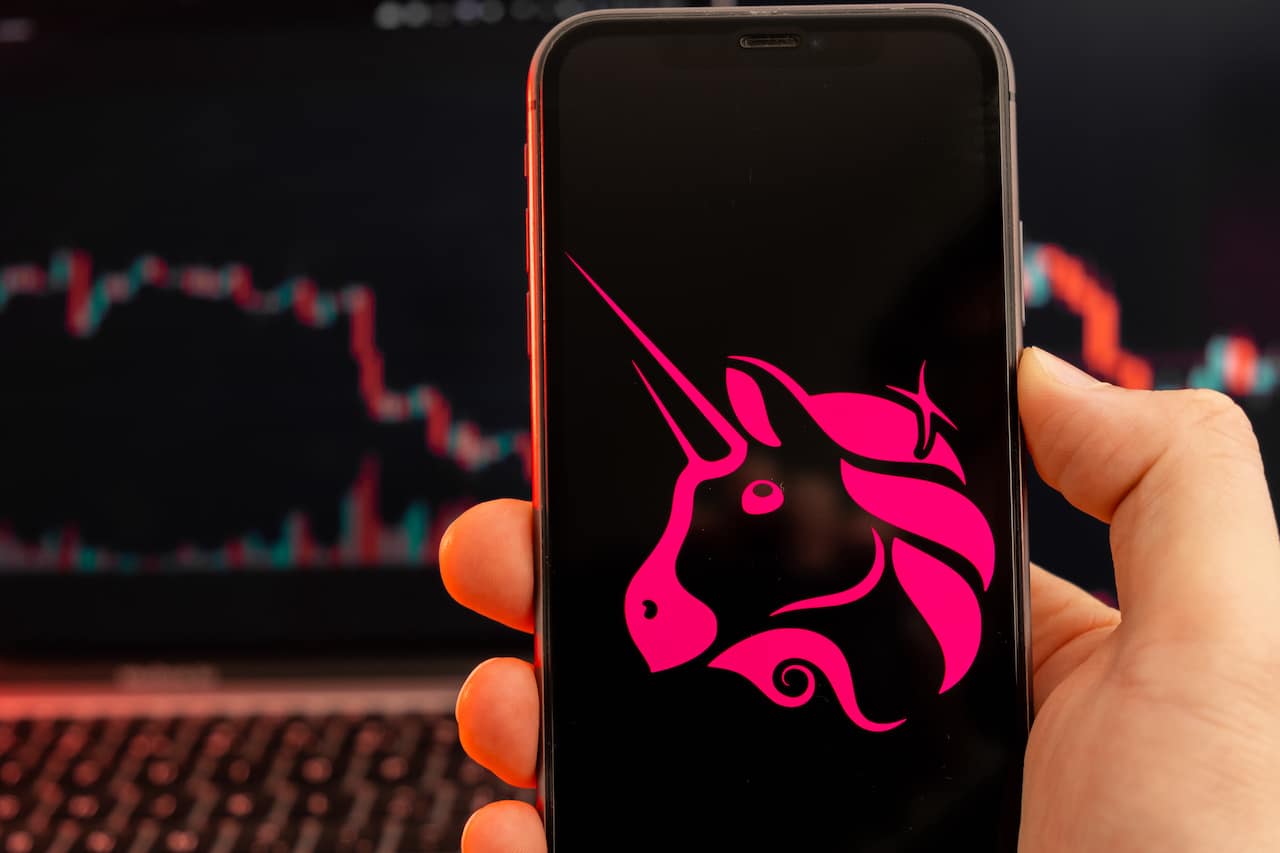A trader using the decentralized exchange (DEX) Uniswap V3 lost over $700,000 after he entered wrong values while creating a new liquidity pool.
According to an X post from on-chain analytics firm Arkham, the user added a total of $1.5 million of liquidity in the WBTC-CRV pool he created on Uniswap V3 at a price that was highly inflated compared to the actual market price at the time.
After only 12 seconds, so-called Maximal Extractable Value (MEV) bots took advantage of the mispricing to swap CRV tokens for much more valuable WBTC tokens.
CRV is the governance token of the Curve decentralized finance (DeFi) protocol, while WBTC (Wrapped Bitcoin) is an ERC-20 token that represents Bitcoin on the Ethereum blockchain.
Only $260 in profit
Interestingly, the MEV bot that was most successful at arbitraging the mispricing only managed to profit around $260 after having to pay some $527,000 worth of Ether as a firm of bribe to validators to get ahead of other bots.
The incident was likely due to a so-called “fat finger” while entering a trade, or as in this case, setting up a new liquidity pool.
MEV Bots instantly rushed the pool to swap CRV for valuable WBTC – with the first bot making off with $1.36M in WBTC for only $730K in CRV.
But the bot only netted ~$260, paying $527K of ETH to the validator just to make this transaction.
Tough luck! pic.twitter.com/3JbVwhwYoj
— Arkham (@ArkhamIntel) November 4, 2023
One plausible explanation that has emerged is that the user mistook the CRV token for USD while adding $1.56 million worth of WBTC to the pool. The user in return received 1.56 million CRV tokens, which in US dollar terms has a current value of only around $900,000.
What are MEV bots?
Until recently relatively unknown, Maximal Extractable Value (MEV) bots have now become an important part of the DeFi ecosystem on the Ethereum network.
The bots are designed to quickly identify and exploit profit opportunities on decentralized exchanges, but they have also been associated with what some would call scams and ethically questionable practices.
Sometimes also referred to as Miner Extractable Value, the bots profit by getting miners (or network validators) to reorder or censor specific transactions within blocks on the blockchain.
Read the full article here








